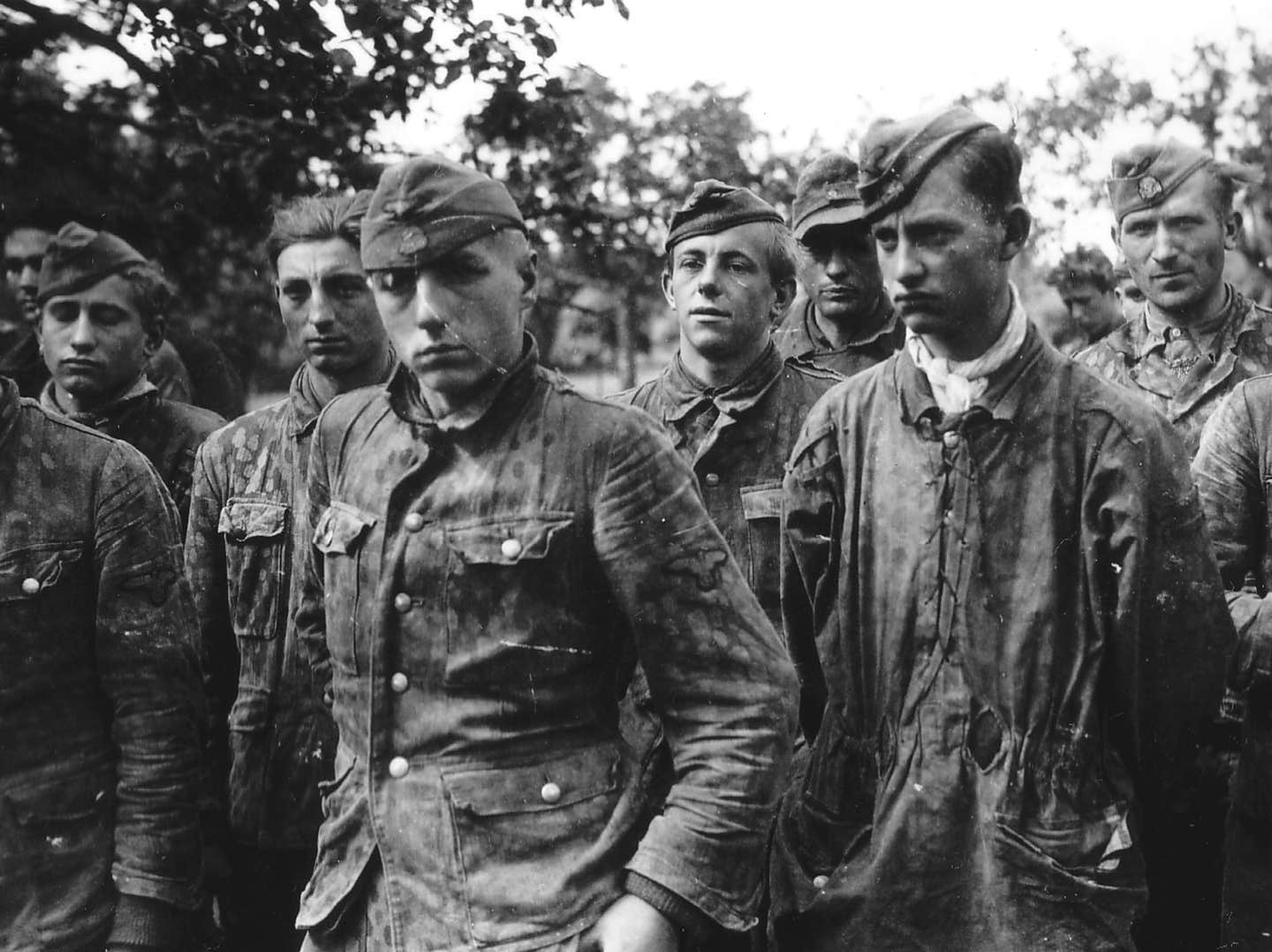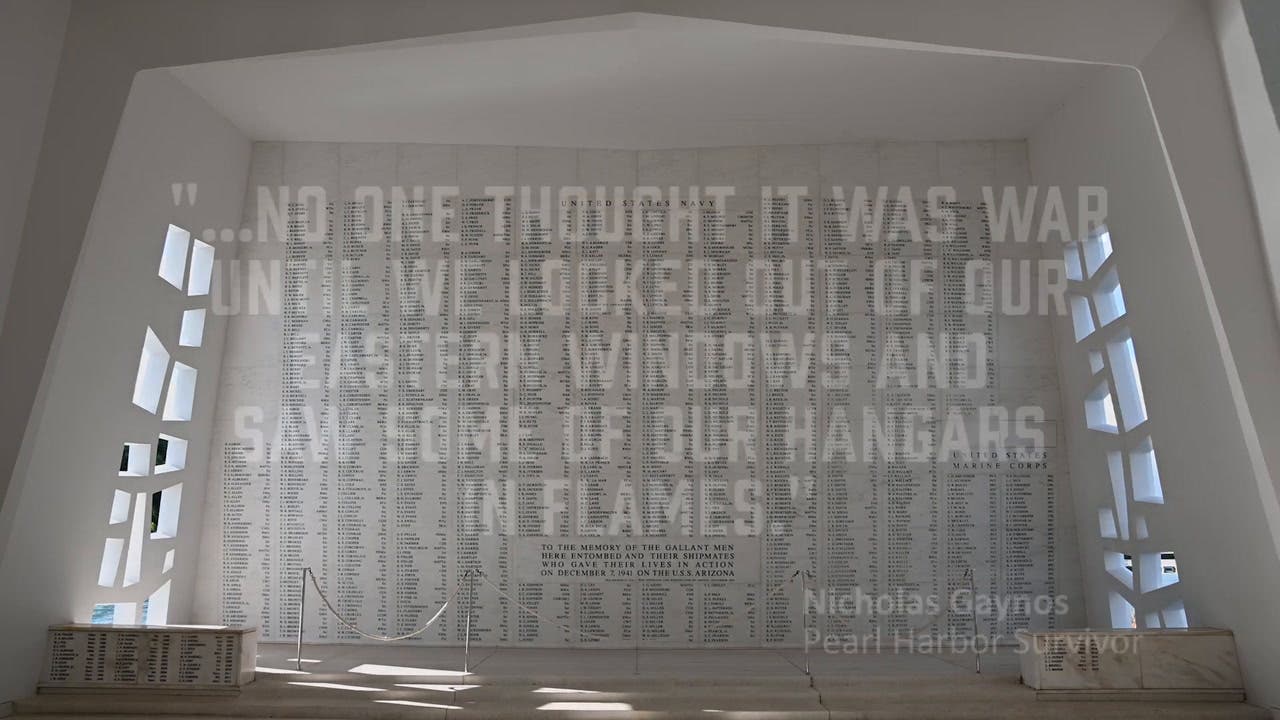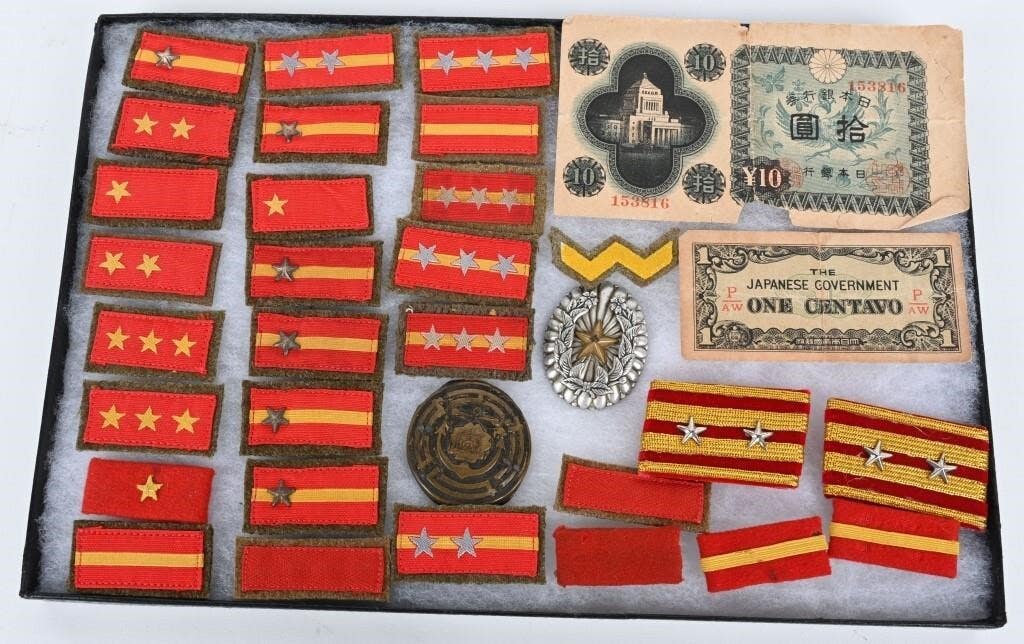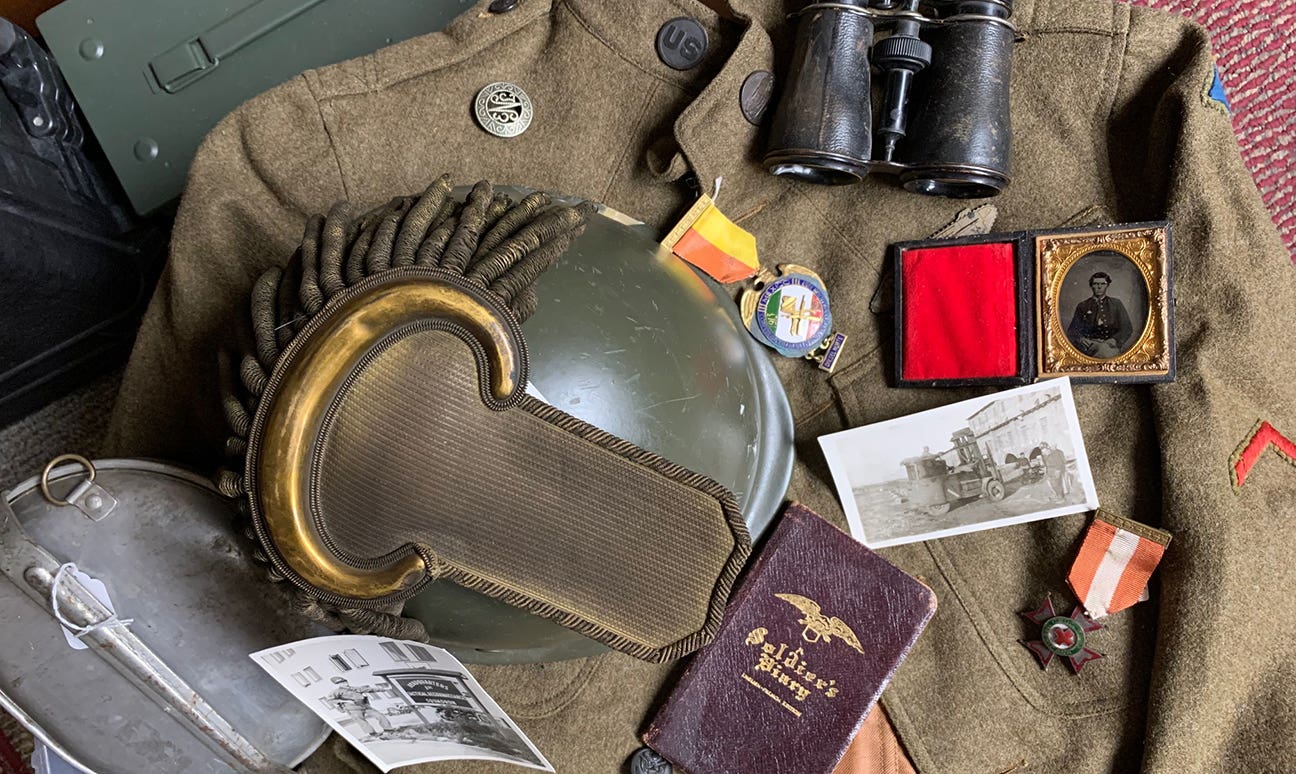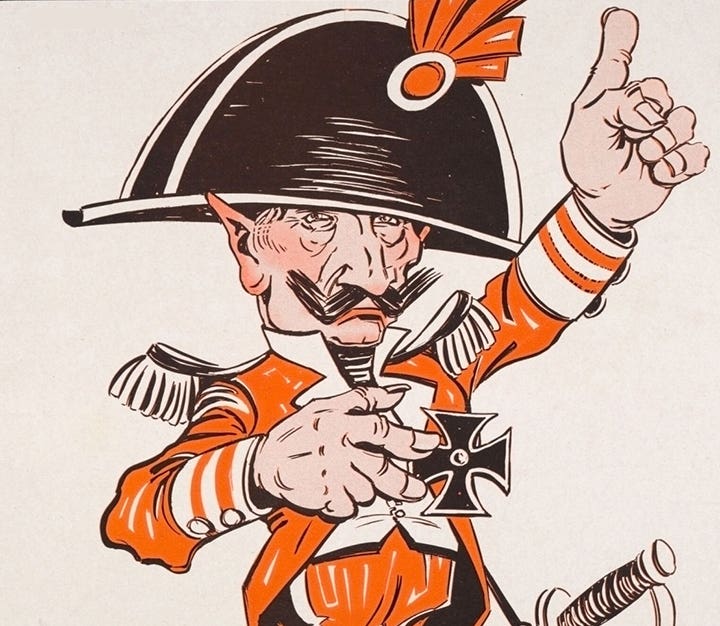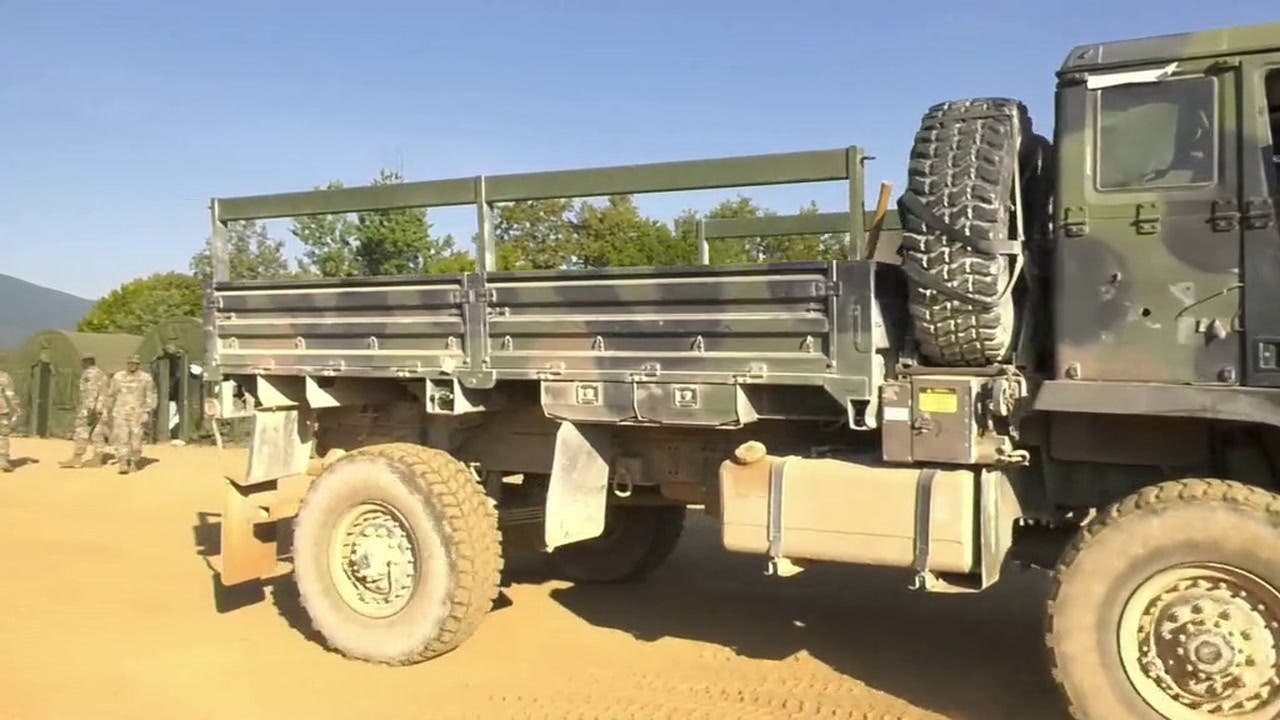This Memorial Day: Help Others to Understand the Significance
While for many, Memorial Day is just a “day off from work” or an opportunity to grill out with family friends, the meaning is of the holiday is much deeper. Here’s what it’s all about:
Though Memorial Day is just a “three-day holiday” to some, many communities across the country still pay tribute to the day with the solemnity and deep reflection that it deserves. Memorial Day can be a day of participation for all Americans. It is a day set aside to remember the sacrifice of life in the service of our country. Honoring that day is not a burden. You can pay tribute by simply sharing information with others. Here are a few Memorial Day tidbits that might help you start a conversation:
*Memorial Day is observed every year on the last Monday of May and is intended to officially and publicly remember men and women who died while serving in the country’s armed forces—it is not Veterans Day when we honor all veterans of military service. That’s in November.
*Memorial Day was originally called, “Decoration Day.” It was out of the desire to honor the Civil War dead.
*General John Logan, national commander of the Grand Army of the Republic declared, “The 30th of May, 1868, is designated for the purpose of strewing with flowers, or otherwise decorating the graves of comrades who died in defense of their country during the late rebellion, and whose bodies now lie in almost every city, village and hamlet churchyard in the land.” The date of Decoration Day, as he called it, was chosen because it wasn’t the anniversary of any particular battle.
*On the first Decoration Day, General James Garfield made a speech at Arlington National Cemetery, and 5,000 participants decorated the graves of the 20,000 Union and Confederate soldiers buried there.
*The first state to officially recognize the holiday was New York in 1873. By 1890, it was recognized by all of the northern states. The South refused to acknowledge the day, honoring their dead on separate days until after World War I (when the holiday changed from honoring just those who died fighting in the Civil War to honoring Americans who died fighting in any war).
*Shortly before Memorial Day in 1922, the VFW became the first veterans’ organization to nationally sell poppies. Two years later, their “Buddy Poppy" program was selling artificial poppies made by disabled veterans.
*In 1966, President Lyndon B. Johnson and Congress declared that the birthplace of Memorial Day was Waterloo, New York. It was there in 1866 that local veterans who had died in the Civil War were honored with a ceremony and observances.
*In 1971, Memorial Day was officially declared a national holiday.
*The “National Movement of Remembrance” resolution was passed in December 2000. It asks that at 3 p.m. local time, all Americans “voluntarily and informally observe in their own way a moment of remembrance and respect, pausing from whatever they are doing for a moment of silence or listening to ‘Taps’.”
*On Memorial Day, the United States flag should be briskly raised to the top of the pole or staff, and then solemnly lowered to the half-mast position. It should remain in this position until noon when it is to raised to full-staff for the remainder of the day.
Memorial Day is the “super bowl of days,” when we have our best opportunity to make direct connections to sacrifice of soldiers of the past. So whether your passion plays out in historic military vehicles, in recreating military events of our past, or collecting the relics and stories of soldiers of long ago, Memorial Day is that day when it all makes sense — to our friends, our neighbors, and most importantly, to ourselves.
We preserve the memory of those who sacrificed…so that we can pursue our passions in peace.
Share the Relevance.
You may also enjoy
*As an Amazon Associate, Military Trader / Military Vehicles earns from qualifying purchases.
John Adams-Graf ("JAG" to most) is the editor of Military Trader and Military Vehicles Magazine. He has been a military collector for his entire life. The son of a WWII veteran, his writings carry many lessons from the Greatest Generation. JAG has authored several books, including multiple editions of Warman's WWII Collectibles, Civil War Collectibles, and the Standard Catalog of Civil War Firearms. He is a passionate shooter, wood-splitter, kayaker, and WWI AEF Tank Corps collector.



